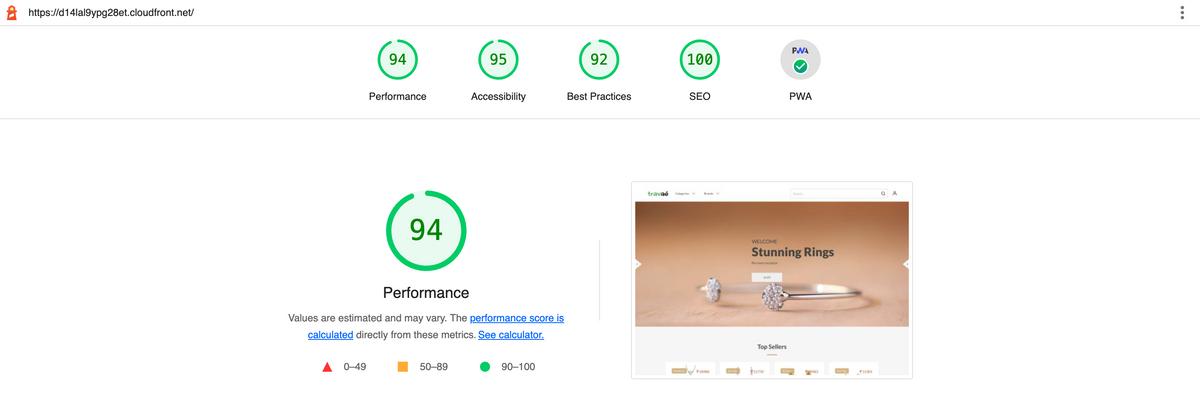
Getting conversions on your eCommerce site is about getting your visitors to engage with your website and trust your product and business. The principles are really no different from how you would get your customers to buy from you, if were running a phyiscal store; the tools happens to different.
The single, most common concern we hear from eCommerce business owners all the time is the lack of conversions. With a tonne of options to bring (or rather, buy) traffic using paid adverts on internet search engines (Google, Bing etc.) and display advertising (Google, Facebook, Instagram, LinkedIn etc.), getting visitors on your website is no longer a challenge; however, getting them to interact and more importantly, make a purchase on your website continues to be a challenge.
So, how can you ensure that visitors on your website bring genuine value to your eCommerce business? Getting this right requires a combination of business strategy, marketing, communication, technology and analytics.
Stand-out of the crowd, Communicate
With eCommerce, your competition is just a click away. Your customer has the option to evaluate alternatives, just as they are evaluating your product or service. Obviously, having a great, reliable product or service is fundamental to any business. It is equally important that you communicate with your prospects.
In eCommerce, your website is your only medium of communication. Your customers don't have a chance to talk to you directly, in-person; nor do you have an opportunity to talk to them.
Unless your product or service is from a very unique niche, it is highly likely that you have a few hundred competitors online. You can find them easily - just make a quick search on Google. You will quickly realize that most of their website looks similar, the communication is similar and they all look the same (but for a few colour choices and brand logo).
Now, why is this a problem? Well, when your website looks similar to the crowd, visitors often assess (subconsciously) that your products and services are just the same (or similar) to the one they have seen elsewhere. Often, they do not do a deep study of your product; and move on. A closer look at visitor engagement numbers on your website can easily reveal this.
So, why is this happening with your website? Quite often, this happens because you (or your developer) have used a design template for building your website. You might spend many hours searching for a good, unique template; but so would your competitors. Be certain that your template is no longer unique, are often cheap and your visitors quickly recognise them.
Every business owner serious about building an eCommerce business should invest in building a unique design for the eCommerce website. The design should follow modern principles of UI/UX design and align well with the brand guidelines. The design should deliver delightful browsing experiences and inspire your visitors to engage with your business on your website.
It is equally important that you communicate your brand and product USP. The website design plays a crucial role; in helping you communicate visually. Typical product pages have walls of textual content; which has no place in today's consumer habits. Work with your website designer to bring out innovative approaches to inspire visitors to engage with your products on your website. Needless to say, product photography and product description play a key role in the customer buying decision.
Also, keep website navigation and search simple, easy to use, intuitive.
Build Trust
Ultimately, every purchase, online or offline is about your customer trusting your business. Consider all options available to quickly build trust.
Be extremely generous with your return and refund policies. If you do see high numbers, try to understand the root cause. For eg, if too many of your customers complain that the actual product received looks different from the photos on your website, you might want to redo your product photographs.
Having your customer support available on chat to help prospective buyers, can help them make buying decisions quicker.
Reviews and testimonials help build trust in your business. Linking reviews to social media profiles is a neat way to demonstrate the authenticity of reviews.
Keep an FAQ section and update it frequently with questions you hear from your customers. Keep Contact Us, About Us sections up-to-date.
Make Technology your Driver
Web technology is constantly evolving; you have to ensure that your eCommerce website keeps pace. Monitor and Audit your eCommerce website to ensure top website performance. Google provides free tools like Google Lighthouse that can help you keep a watch.
“When page load times jump from 1 second to 4 seconds, conversions decline sharply. For every 1 second of page speed improvement, we experience a 2% conversion increase” - Walmart.

Ensure that your eCommerce website is responsive for browsing on mobile devices. Modern platforms like Slixta have many innovative mechanisms that help drive conversions on mobile, like Sticky Call-to-Actions.
Create a seamless checkout and payment experience to ensure that those customers who decide to make a purchase can complete the process easily and quickly.
Use Analytics
Analytic tools like Google Analytics can help get deep insights into visitor engagement.
While a sale or purchase is the ultimate conversion objective, try to identify and build intermediate events (eg. clicking FAQ) that indicate strong purchase intents.
Reviewing visitor engagement metrics on pages like FAQs, About Us etc. can help gauge the quality of your visitors.
This can help marketing teams to ensure that they are bringing in the right type of visitors for your business. Marketing teams can also review this data to identify traffic sources that bring in your ideal prospects and optimise their efforts.
Keep in touch, Remarket
Unlike in-stores sales, where customers make purchase decisions instantaneously, it is quite common for online customers to visit an eCommerce website multiple times prior to making a purchase decision. For an eCommerce business, it is important to stay in touch with such prospective buyers through multiple channels.
Advanced digital marketing techniques can help you remarket to specific visitors on your website, typically those who have shown strong intent, by reaching them on mediums like Gmail, Instagram, Facebook, LinkedIn, These platforms allow deeper technical integration options that can help deliver highly personalised and focused marketing (based on specific products, product categories).
A 360 degree, technology-driven digital marketing strategy can help you continuously optimise your marketing, bring in the right visitors and constantly stay in touch with them - to ultimately build enough trust for them to buy from your business.
What should be your takeaway?
While it does seem like this is just commonsense, it is important the eCommerce businesses execute on these fundamentals!
Unless you deliver an outstanding browsing experience, visitors won't engage with your website. Unless your visitors engage on your website, they won't understand you and your product. Unless they understand you or your product, they won't trust your business. Unless they trust your business, they won't buy from your business.
Talk to us for figuring out how we can help you build a sustainable eCommerce business.
